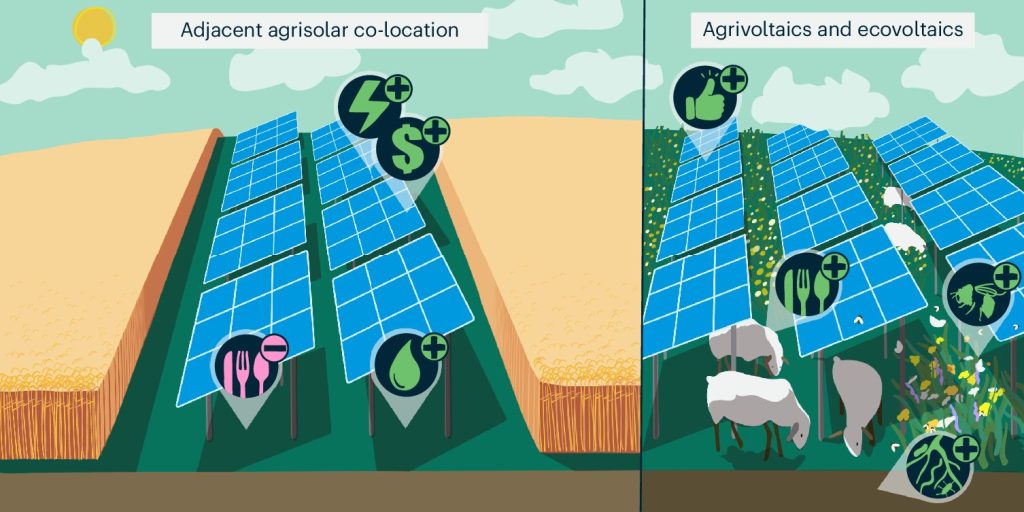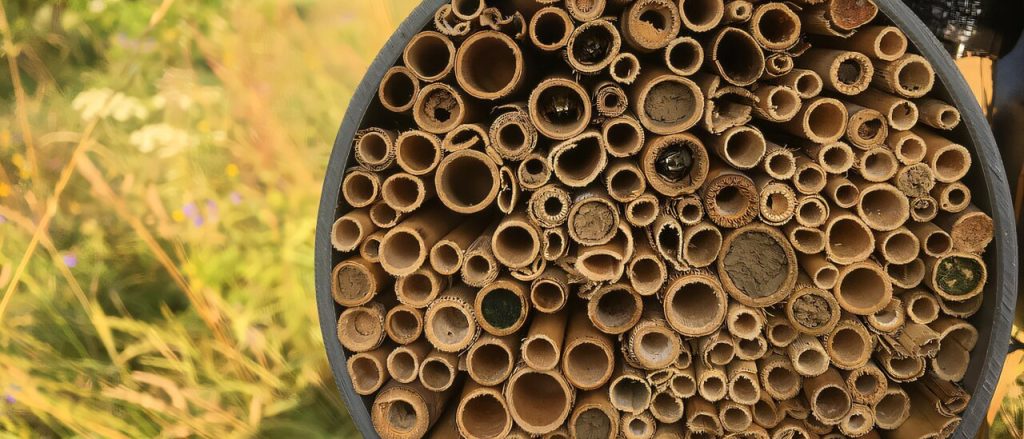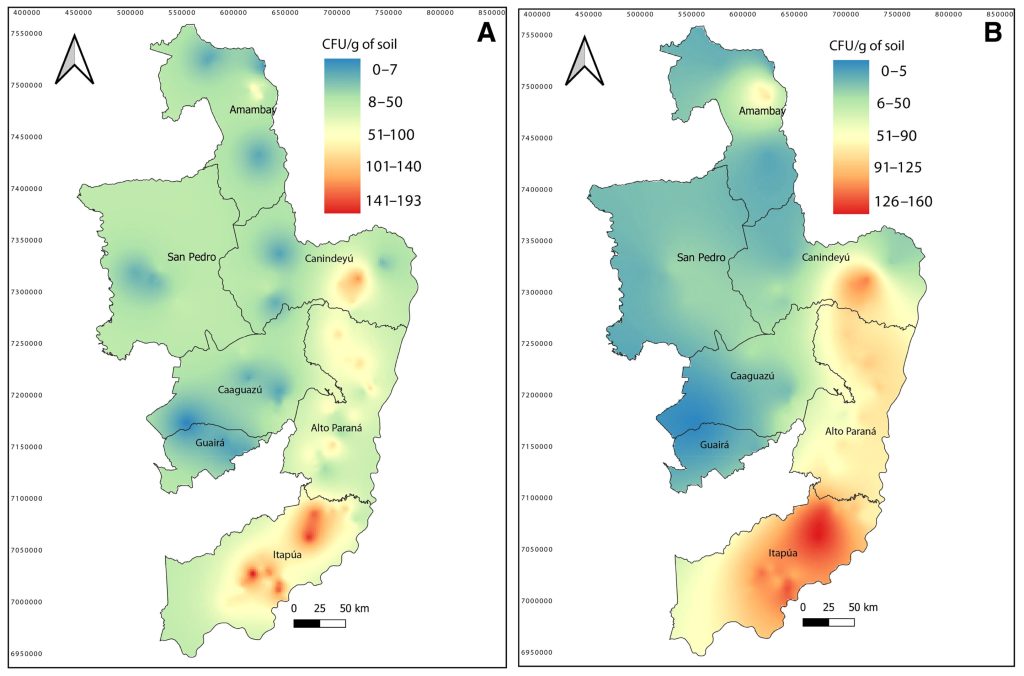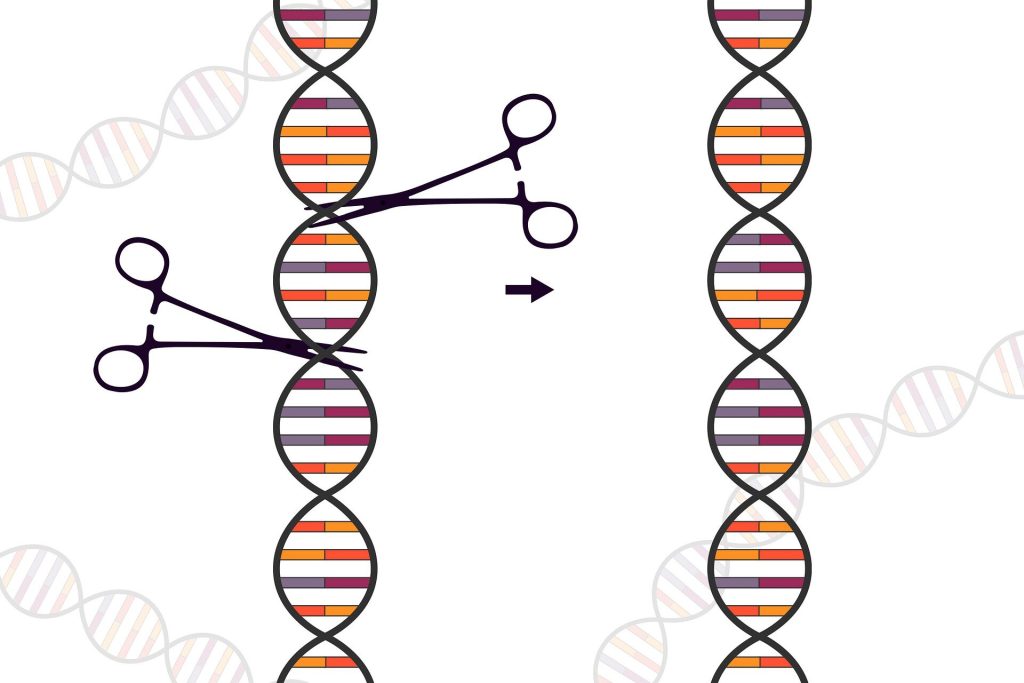Do you ever wonder whether farmers should use their fields to grow crops or install solar panels? Well, a new study from Michigan State University suggests that they can do both!
Jake Stid, a grad student, studied how California fields have been used over the past 25 years using aerial imagery. He found that farmers who used a small portion of their land for solar panels earned more money per acre.
Rather than converting entire fields to solar arrays, Stid’s research proposes strategically placing panels in lower-yield areas to help struggling farmers. It’s not about choosing between solar or agriculture; it’s about combining them for mutual benefit.
With climate change threatening food and energy supplies, solar energy offers a solution to reduce carbon emissions. Some farmers have started colocation, installing solar panels alongside crops to maximize production on their land.
Stid’s team compared these colocated installations with conventional solar arrays and regular farms. The results showed that farmers with solar panels saved money on farming expenses and could sell energy back to the grid, making up for any decrease in crop production.
Looking forward, Stid plans to expand this research across the U.S. and explore how solar arrays impact the environment. By strategically placing solar panels, farmers can create a more sustainable and resilient landscape that benefits both food production and energy generation.
So, next time you see solar panels on a farm, remember that they are not just benefiting the environment but also helping farmers stay financially secure while producing crops. It’s a win-win situation for everyone involved!





